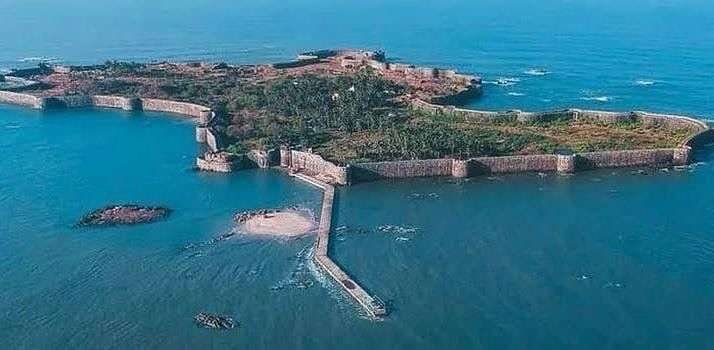New Delhi: Prime Minister Narendra Modi has expressed immense pride and joy following the inclusion of the Maratha Military Landscapes of India in the esteemed UNESCO World Heritage List. This prestigious recognition highlights the architectural and historical significance of 12 iconic forts, with 11 situated in Maharashtra and one in Tamil Nadu.
In his message, the Prime Minister emphasized the cultural and strategic importance of the Maratha Empire, describing the newly inscribed sites as powerful symbols of India’s proud heritage. “When we speak of the glorious Maratha Empire, we associate it with good governance, military strength, cultural pride and emphasis on social welfare. The great rulers inspire us with their refusal to bow to any injustice,” he remarked.
The forts that form the Maratha Military Landscapes bear testimony to the strategic military architecture and planning of the Maratha rulers, particularly during the reign of Chhatrapati Shivaji Maharaj. These structures were designed to utilize the natural terrain and demonstrate a deep understanding of fortification in the Indian subcontinent. Their recognition by UNESCO not only cements their place in world heritage but also brings global attention to the legacy of the Maratha Empire.
Prime Minister Modi called upon citizens to explore these forts and delve into the inspiring history of the Maratha rule. “I urge everyone to visit these forts and witness firsthand the grandeur and vision of the Maratha Empire. It is through such visits that we can better understand our roots and take pride in our rich past,” he said.
Responding to an official announcement by UNESCO on social media platform X (formerly Twitter), the Prime Minister reiterated his sentiments. He said, “Every Indian is elated with this recognition. These ‘Maratha Military Landscapes’ include 12 majestic forts, 11 of which are in Maharashtra and 1 in Tamil Nadu. These forts reflect not only architectural brilliance but also the valor and governance of the Marathas.”
Adding a personal touch to his statement, the Prime Minister also shared memories from his 2014 visit to Raigad Fort. Alongside his message, he posted photographs from the trip, where he paid homage to Chhatrapati Shivaji Maharaj. “Here are pictures from my visit to Raigad Fort in 2014. Had the opportunity to bow to Chhatrapati Shivaji Maharaj. Will always cherish that visit,” he shared.
Raigad Fort, historically significant as the capital of the Maratha Empire under Shivaji Maharaj, holds deep cultural and emotional resonance for millions of Indians. Modi’s recollection of his visit reflects a broader national reverence for Shivaji Maharaj’s legacy, which continues to inspire generations.
The UNESCO World Heritage Committee, while including the Maratha Military Landscapes in the World Heritage List, lauded the exceptional fort-building skills and defensive planning that characterized the Maratha era. The forts were praised for their unique adaptation to the topography and for demonstrating a comprehensive approach to fortification, integrating water supply, storage, transportation, and security.
Some of the prominent forts included in this listing are Raigad, Rajgad, Sindhudurg, Shivneri, and Pratapgad, among others. Each fort has its own distinct story, reflecting the military ingenuity and visionary leadership of the Maratha rulers. These sites are expected to witness a surge in tourism and heritage interest following the global recognition.
Experts believe that this inscription will boost heritage conservation efforts and open up new avenues for cultural tourism and historical research. It is also likely to contribute to the local economy by increasing footfall to these historic locations.
The inclusion of these forts marks India’s continued success in getting its rich and diverse heritage recognized on the global stage. It comes as a significant moment for Maharashtra and Tamil Nadu, celebrating the contributions of the Marathas to the country’s history.
With this development, India now adds another jewel to its growing list of UNESCO-recognized sites, reaffirming its status as a cradle of ancient civilization and heritage.








